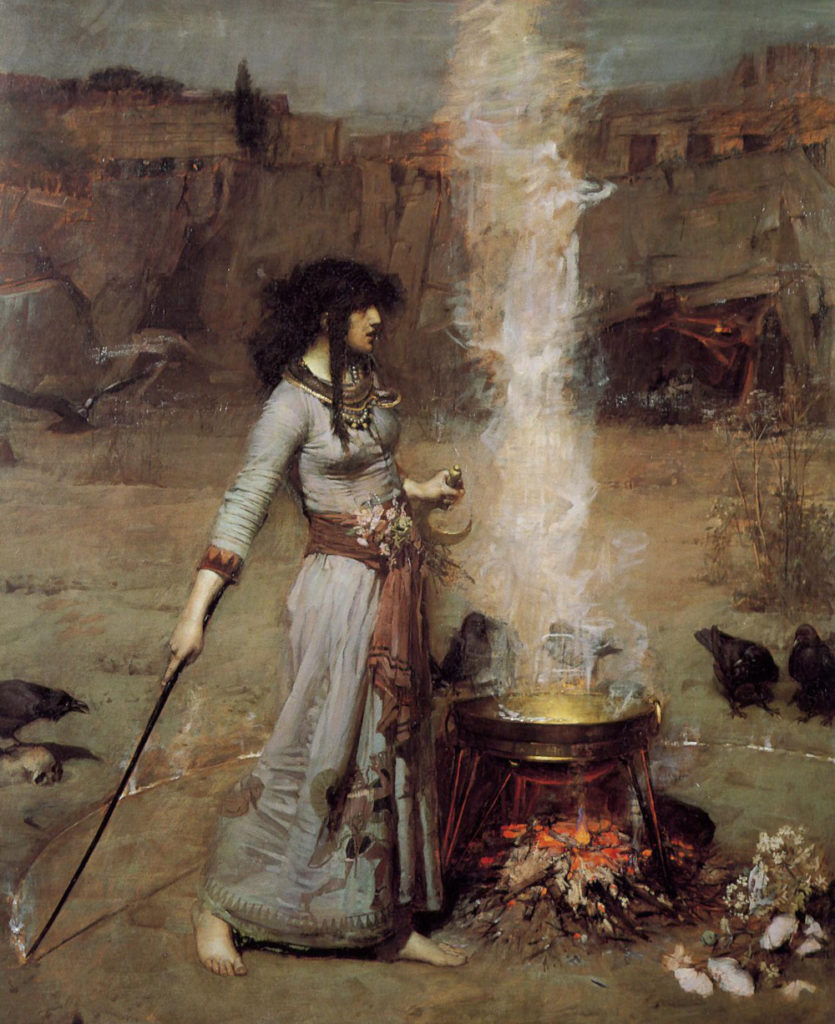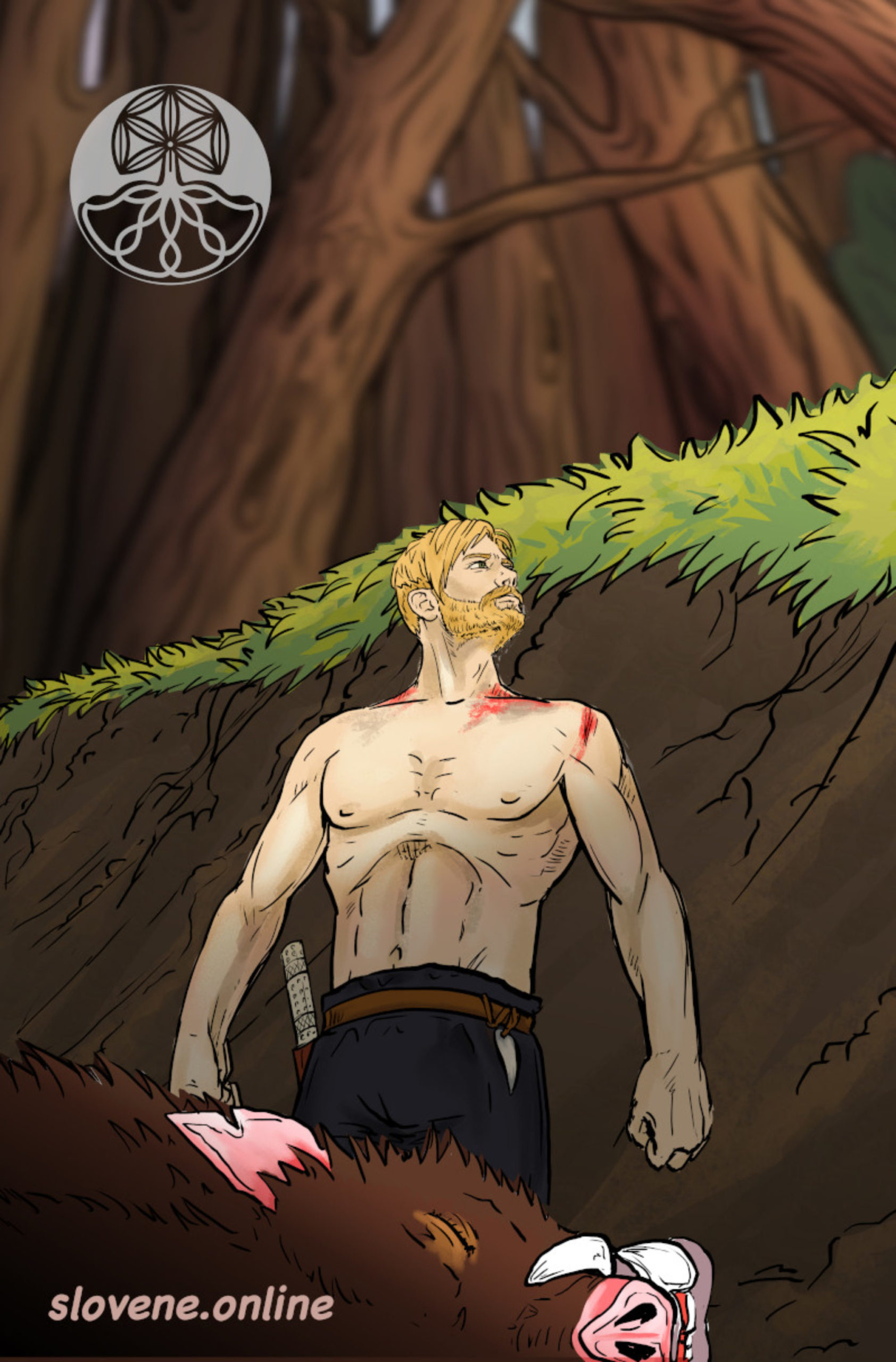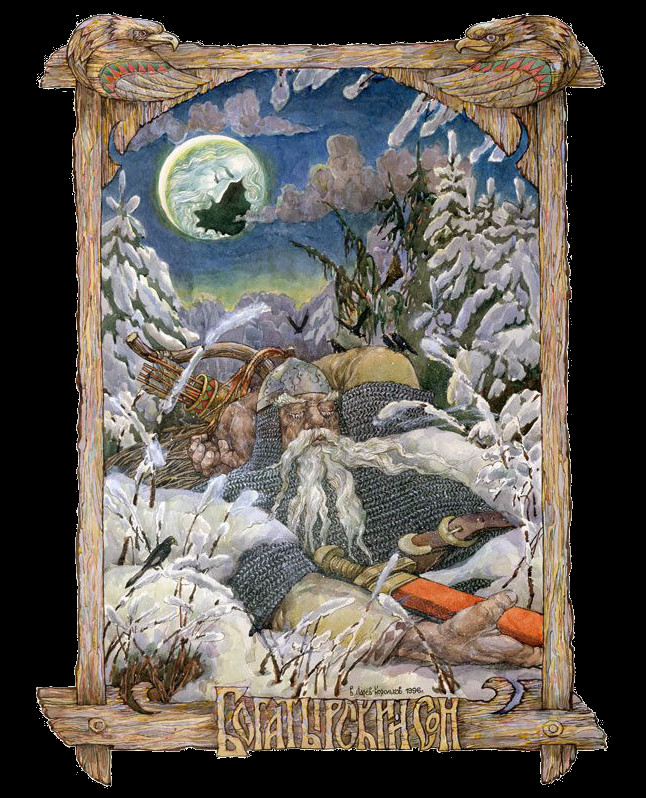For the ancient Slavs, spring was not only the time of the nature awakening, but also the time of the increased activity of various mythological creatures. Thus, the beginning of the river ice drift was associated with the awakening of the Vodyanoi (water spirit). Every spring the Russians sacrificed a horse and other gifts to him, drowning them in the river. Among the Kashubians, when the ice began to crack, the parents told their children: “Strёx są ju zbudził” (Vodyanoi awoke).
ꏍ
The beginning of March and Maslenitsa week (end of winter celebration) among the southern Slavs were considered a veshtitsa spree period. Serbs believed that veshtitsa (witch) eats babies and human hearts, and Montenegrins hid needles on March 1, believing that witches could use them to take out a human heart.
ꏍ
In Serbia, it was believed that on veshtitsa steal or strangle children or suck their blood. To deceive them, mothers took their children to their bed, and instead of babies they put a pralnik (wooden tool for laundry), a doll or a whisk in the cradle.
ꏍ
As a talisman, Slavs generally used garlic, because veshtitsa cannot stand its smell. They rubbed their feet, forehead and chest for protection. Interestingly, swaying on a swing was a popular way of protecting against veshtitsa in Serbia: «да га не поjеду» (so that the person would not be eaten).
ꏍ
To be continued…
ꏍ
Picture: “The Magic Circle” by John Waterhouse.



